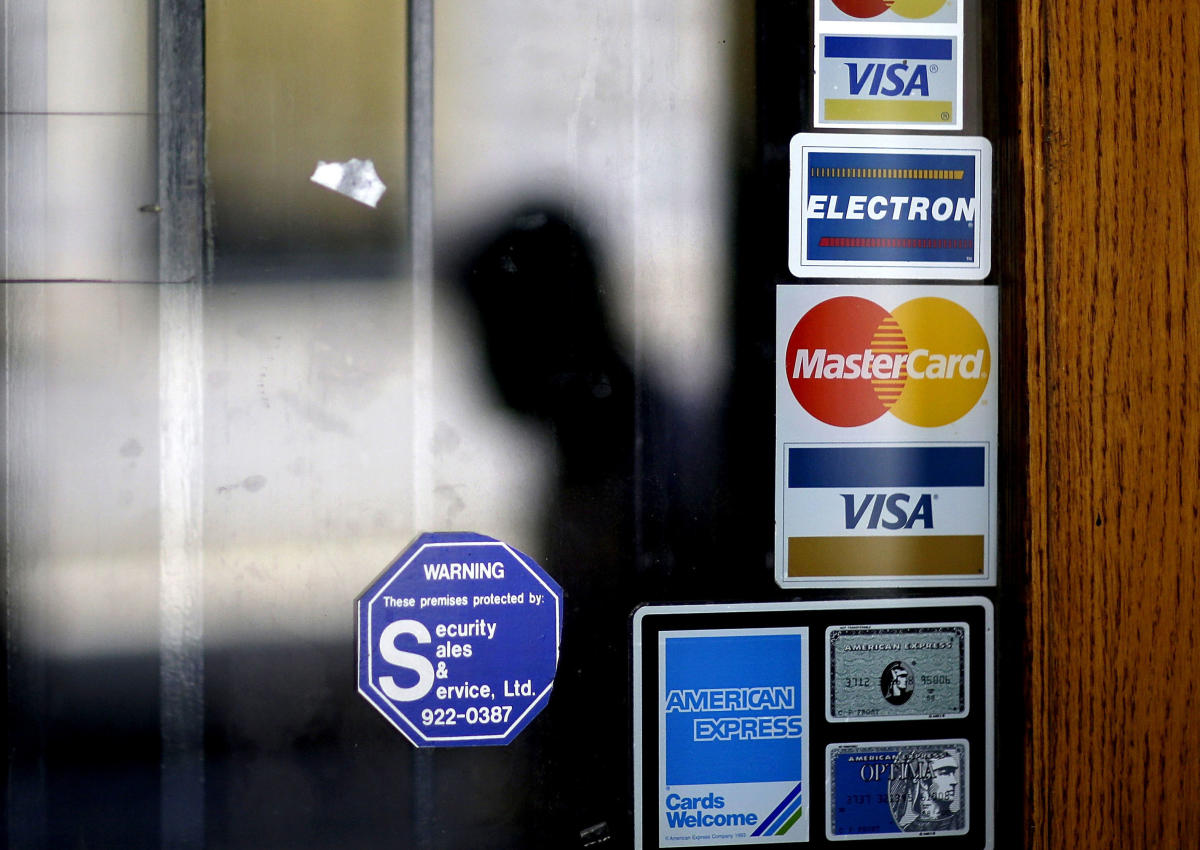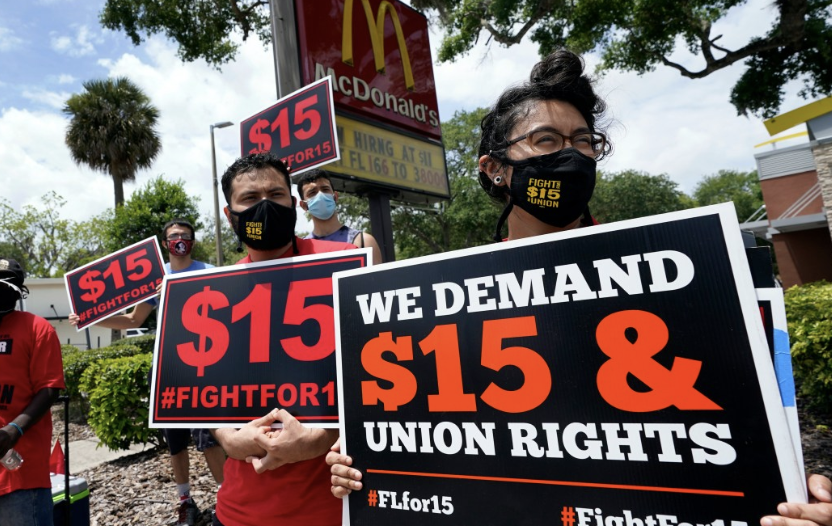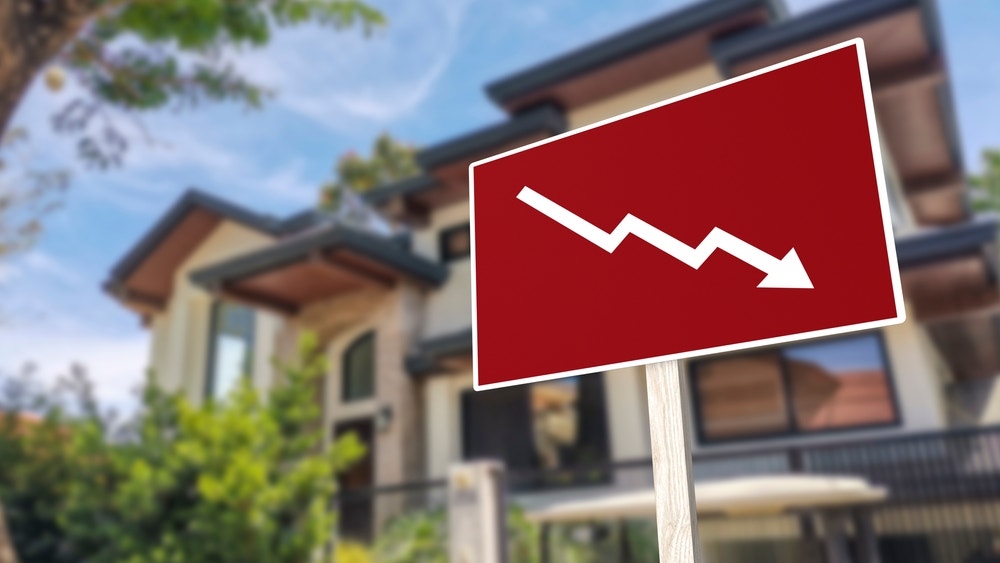People who have turned to personal loans to manage credit card outstanding balances find themselves back in card debt months later.
a reconnaissance A study conducted by TransUnion between April 2021 and September 2022 found that borrowers who used a personal loan to consolidate their credit card debt saw their balances drop by 57% on average, but for many, those balances were back near their previous levels after 18 months.
And researchers from LendingTree found similar results, with borrowers once again beginning to accumulate credit-only debt Three months after unification.
The data highlights what looks like a growing debt problem for many Americans, as total balances are at an all-time high, interest rates remain above 20%, and delinquencies are starting to rise.
“As tempting as it may be to see that limit of credit available, it’s really important to keep that balance low so you don’t sink yourself into more debt,” Liz Pagell, TransUnion’s senior vice president and head of consumer lending, told Yahoo Finance. .
Americans are becoming more dependent on credit cards
Borrowers turn to unsecured personal loans to consolidate their debts because the interest rates on those loans are much lower than the interest rates on credit cards. Pagell says the average personal loan rate is less than 10% if you have good credit. Credit card rates have risen to over 20%, tracking interest rate hikes by the Federal Reserve to combat inflation.
But the repayment strategy only works if the borrowers change their credit card methods after the merger. This does not happen.
TransUnion found that borrowers reduced the amount of their credit limits they used from 59% to an average of 14% after the merger. But after just 18 months, those same borrowers were using 42% of their available credit – regardless of their risk level.
according to LendingTreeThe average balance for those who paid off between $1,000 and $4,999 in credit card debt with a personal loan saw their average balance drop from $9,541 to $7,004 after two months. But it rebounded back to $8,476 by the fifth month after consolidation.
Matt Schulz, senior credit analyst at LendingTree, says inflation and a lack of stimulus money caused by the pandemic have led borrowers to rely more on credit cards lately.
As interest rates rise, these debts can become difficult to argue with.
“Many Americans rely on the cards as a de facto emergency fund during difficult financial times,” Schultz said in a statement. “Credit card interest rates are at an all-time high and what is most worrying is that they will continue to rise for a while. Consumers should plan accordingly.
More borrowers are in debt
Balance transfers may continue as credit card debt rises.
For example, total unsecured loan balances rose to $232 billion in the second quarter, an all-time high, according to TransUnion, representing 21.1% year-over-year growth.
This follows growth in credit card balances, which amounted to $1.03 trillion, up 4.6% from the previous quarter, the Federal Reserve Bank of New York revealed earlier this month. Similarly, the Federal Reserve Bank of St. Louis reported that outstanding credit balances exceeded $1 trillion this month. Both indicators hit record levels.
And there are more indications that Americans are having trouble repaying those debts.
A separate survey by J.D. Power found that just over half (51%) of credit card borrowers were unable to pay their balance in full each month and let debt roll over from month to month, piling up interest. It was the first time that the share of Americans who rolled over their debt was higher than the portion that paid their bill in full.
Macy’s (M) said this week that credit card sales in the second quarter fell 36%. On average, consumers unable to pay their bills were facing approximately 32% annual interest rates on their bills. Messi Cards And the retailer had to write off many of those inflated balances.
And a separate study showed that the youngest adults were actually worse off, slipping into delinquency at higher rates than in other age groups. Experts said the problem could worsen once repayments of federal student loans resume.
This is why it is best to prepare now.
According to Schulz, the best way to start is to call your credit card lender and ask if you can get a lower interest rate or if you can transfer your money to a zero percent balance transfer card.
“Although it likely isn’t as easy to obtain as it was a few months ago, zero-percent balance transfer credit cards are still the best weapon in your battle against credit card debt,” Schultz said. “It is still widely available Those with good credit, such as 700 or higher, can allow you access to 21 months without accruing any interest. This is a really big deal.
Gabriela is a Personal Finance Correspondent at Yahoo Finance. Follow her on Twitter @__gabrielacruz.
Click here for the latest personal finance news to help you invest, pay down debt, buy a home, retire, and more
Read the latest financial and business news from Yahoo Finance



